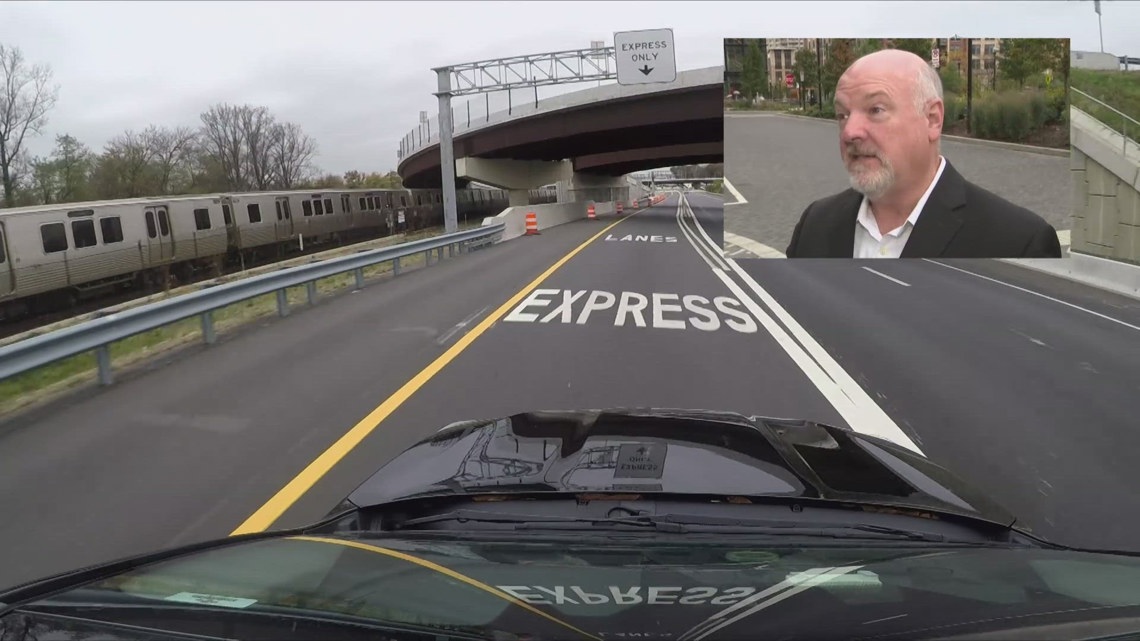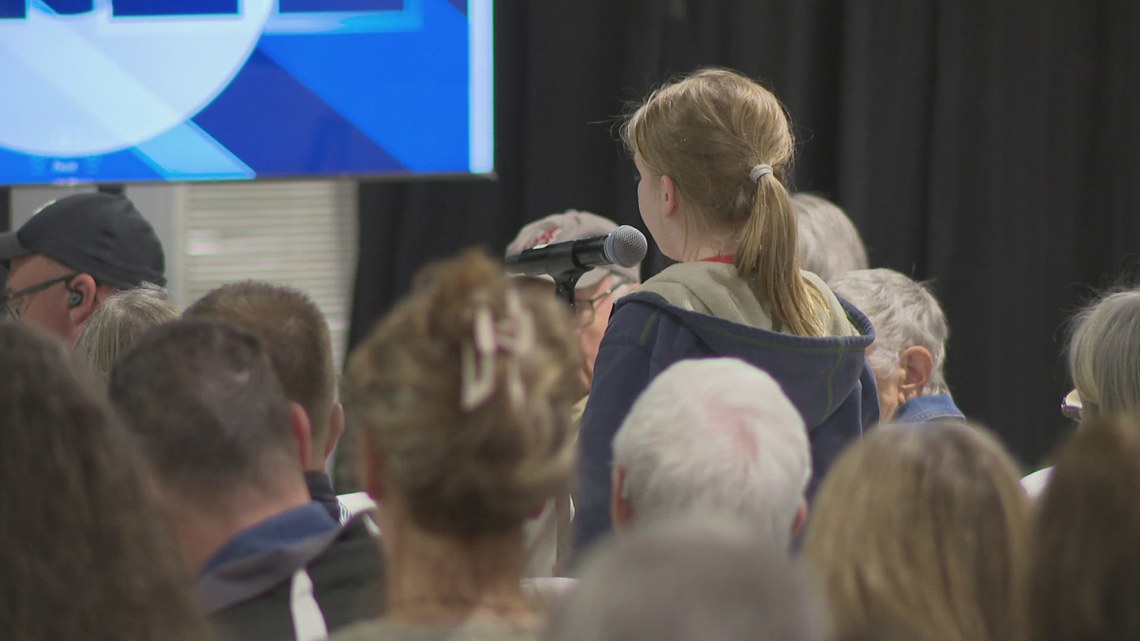The gargoyle, nicknamed Mr. D. Cap, lost its head when a 5.8 magnitude earthquake hit the DMV.
WASHINGTON — Stonemasons at the Washington National Cathedral worked to repair a gargoyle that lost its head during a 5.8 magnitude earthquake back in 2011. On the 12th anniversary of the quake, the gargoyle, nicknamed Mr. D. Cap, was made whole once again.
The earthquake, which lasted only 58 seconds, caused $38 million in significant damage to the cathedral. Repairs are still ongoing. Head Stonemason Joe Alonso said that while repairs are being made like the one to fix D. Cap, the cathedral is also undergoing "seismic upgrades" to strengthen the building as a whole.
Editor's note: The above video is from 2021, the 10-year anniversary of the earthquake
"The main structure of the cathedral performed well in the earthquake," Alonso said Wednesday. "The damage really is all these slender pinnacles and elements and spires up high, the central tower being the worst. All that energy is going up through the walls and foundations, and it just kept going, going, going like the cracking of a whip."
The gargoyle was carved in the 1950s by Constantine Siferlis. It's one of the highest gargoyles on the cathedral. Following the quake, the head was dangling for about two months. Alonso said when workers finally got up there to check it out, "We touched it and it fell right into our laps."
Because of all the strengthening upgrades around the structure, repairs are still being made. Alonso said that while it has taken years to fix, he wouldn't want to do anything else.
"We take care of every square inch, and we love it," he said.
Alonso can recall every single second of that shake because when it ended, the historic cathedral’s beautiful spires resembled a game of Jenga. The spires bent, gargoyles split, and chunks of masonry fell to the ground.
“I thought, ‘Wow we’ve got a task ahead of us, that’s for sure,’” Alonso said.
The nature of the work, repairing handmade structures, is part of the reason the task has taken as long as it has, Alonso told us in 2021, marking the 10th anniversary of the quake.
"It’s very intricate and very time-consuming work,” he said.
Alonso believes the 58 seconds were the difference between a slow, tedious repair and a complete reconstruction.
“If the quake had lasted two or three more seconds the stuff that was like a Jenga game, would have just come completely down,” he said.
.png)









 English (US) ·
English (US) ·